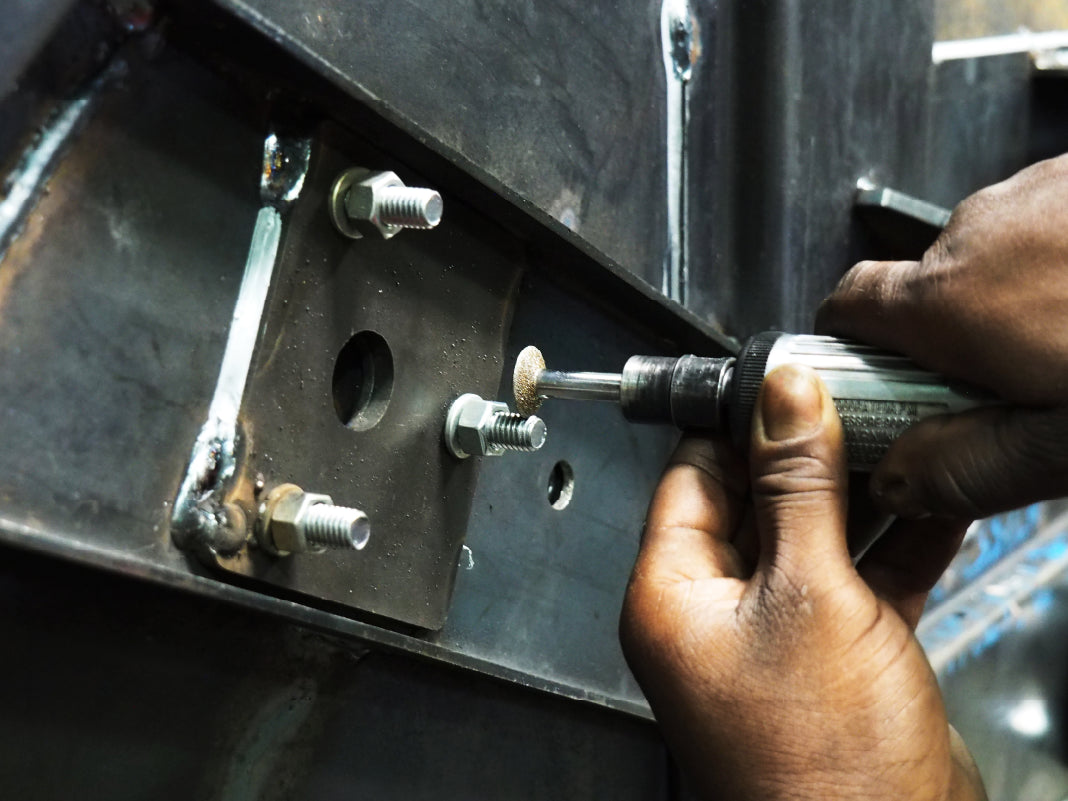Masters of Repair and Restoration, like in any industry, often have unique stories of innovation and resilience to share. They thrive on the exchange of information and experiences, constantly seeking out and utilizing the best tools available. One tool that has recently been making waves for its extraordinary abilities is the Rotary Thread.
Two seasoned experts, Maxwell Walker from Pittsburgh, a skilled repairman with a wealth of experience, and Robert Raider from Milwaukee, a 20-year veteran mechanic, delve into the impressive capabilities of the Rotary Thread for mending and rejuvenating damaged threads.
"Kick-starting a repair with the appropriate tool can dramatically transform a challenging task into a smooth operation," Raider says, speaking from his ample experience in the realm of repair. "Implementing a well-constructed tool like the Rotary Thread not only simplifies the task at hand but also contributes to maximal efficiency and enduring results."
Rotary Thread Interview: Maxwell, as a long-standing repairman, what steps should one take to ensure optimal repair results? In your professional opinion, what would constitute the 'perfect repair job'?
Maxwell Walker: A valuable question, Robert. I stand by three fundamental pillars that contribute to the ideal repair job: preparedness, precision, and the employment of the right tools. Often, the importance of a well-organized workspace and well-kept tools is underestimated. For instance, let's consider repair jobs dealing with damaged or stripped threads - here's where the Rotary Thread comes into play. Having a workspace that's clean, organized, and free from obstructions is paramount. This is where the Rotary Thread shines bright with its minimal operation space requirement.
Safety needs to be at the forefront. Wearing safety glasses while using the Rotary Thread can prevent potential mishaps. This tool swiftly restores inch, metric, pipe, male, and female threads, showcasing its versatility by performing excellently on materials like metals, ceramics, glass, and plastics. Its high efficiency and adaptability make it an essential part of the toolbox.
Rotary Thread Interview: How can users leverage the Rotary Thread to amplify effectiveness?
Robert Raider: Take it easy, use a light touch, and let the tool do the work. Even though the tool already showcases intuitive design and simplicity in use — much like a file — jobs become significantly more manageable with this approach. By ensuring the tool's optimal engagement, we can fully harness the potential of its unique, patented rotary file to seamlessly repair stripped or damaged threads.
This tool’s revolutionizing design grants it the ability to restore threads in significantly less time compared to traditional methods like tap and die, or thread files. Additionally, its ability to access tight or hard-to-reach areas without requiring disassembling of parts is one of the major advantages offered by this tool.
Rotary Thread Interview: When thinking about a common issue faced by mechanics, what crosses your mind?
Maxwell Walker: Over my two-decade stint as a mechanic, one recurring theme that brings people to my shop is issues with threads. Stripped, damaged threads can create a mess if left unresolved. Moreover, repairing threads can turn into a daunting task without the right tool or technique.
I've found the Rotary Thread tool incredibly handy because of its simplicity and efficiency. It has substantially streamlined how we manage thread repair jobs, making these tasks easier and quicker. The versatility it provides is commendable — restoring both internal and external threads across a variety of materials. Not to mention, it's quite cost-effective. With this tool in hand, you no longer need to invest in different sets of tap and die or thread files, as it covers all thread restoration tasks.
Rotary Thread Interview: Robert, you’ve been praising the Rotary Thread for its efficiency, simplicity, and cost-effectiveness. Could you detail these benefits?
Robert Raider: Undoubtedly, each of these attributes of the Rotary Thread springs from its distinctive design and the innovative thought that sparked its creation. Its efficiency lies in the speed of thread restoration it offers. Plus, it allows us to fix threads on-site, without needing to remove the part in some cases.
The brilliance of the Rotary Thread lies in its simplicity. It functions like a regular file, requiring minimal operational expertise. This property makes it accessible to seasoned craftsmen as well as novices. Finally, the cost-effectiveness of the Rotary Thread comes from its immense versatility — it can manage a variety of thread sizes and types, eliminating the need to invest in multiple tools.
Insightful discussions like these among professionals and enthusiasts contribute significantly to the advancement of techniques, methods, and best practices. The Rotary Thread tool offers an ideal platform for such exchanges. Its ongoing positive influence in the field of restoration and its potential applicability in a host of future scenarios further reaffirms its position as the tool of choice for tackling stripped or damaged threads.
